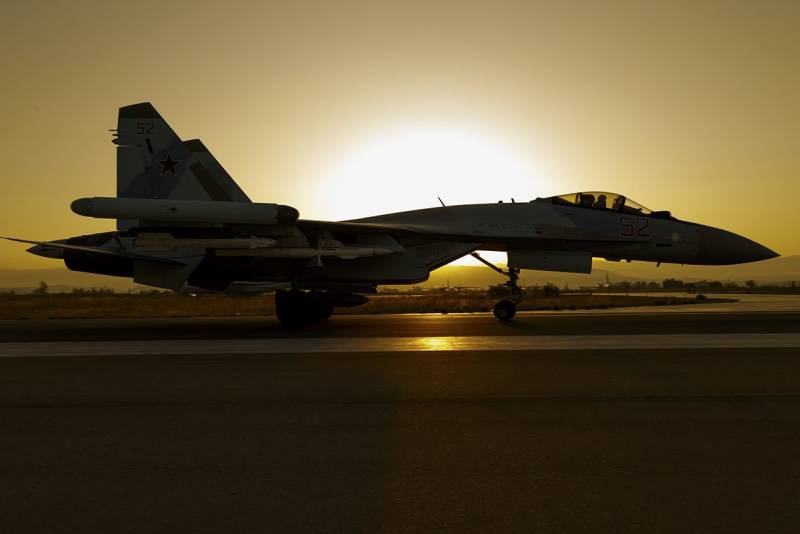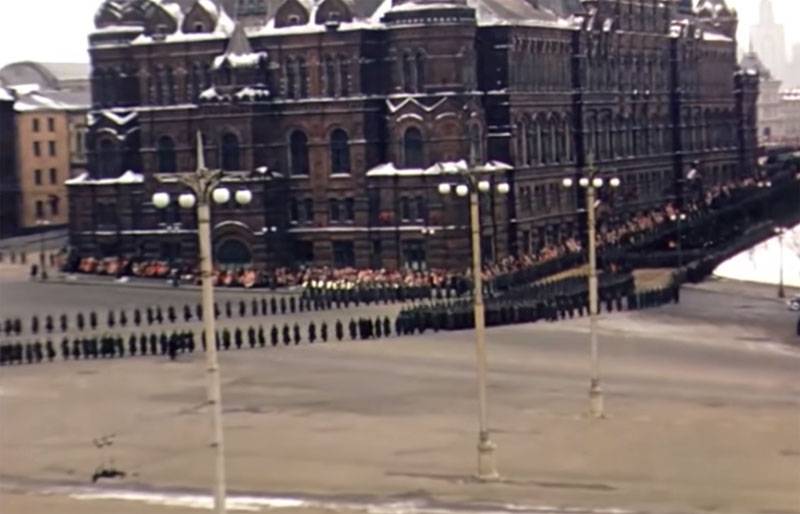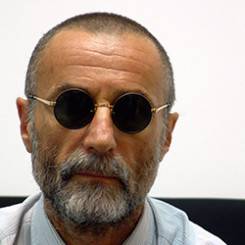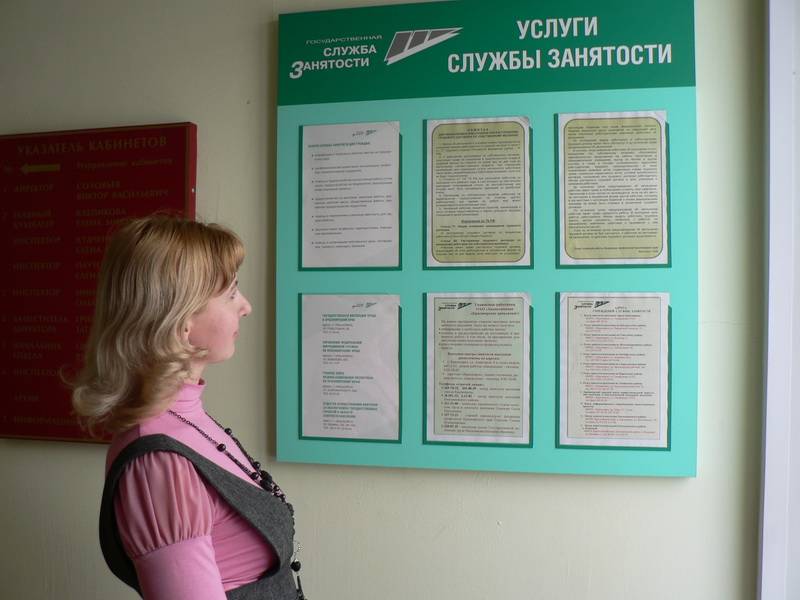Ready combatant su-35S to confrontation c F-22A? All hope for the ICD "Vympel"

Undoubtedly, highly maneuverable flying American multipurpose fighter 5 th generation F-22A, embodied in the "Slow-Motion" and published videoreporter Amateur Tyler Rovoam in the material of the portal "The Drive" is not indifferent to the motley audience of numerous observers, military experts and specialists in the development of a modern tactical aircraft of the 4th and the transition of generations. This is not surprising: after a detailed visual assessment of the elements of aerobatics performed as thanks to the developed mechanics of the wing, and by the use of the system deviation of the thrust vector in the pitch plane, provides the ability to more accurately match the technical flight parameters of the F-22A "Raptor" with similar indicators such machines as "Typhoon", "Rafale" and J-10A/B not having systems OVT.
Ultimately, it is not difficult to conclude that a higher angular velocity of turn and a much smaller radius of the bend, resulting from the deviation of nozzles in the pitch plane in the range of ±20 degrees to provide the "Raptor" a distinct advantage in the "dog dump" with the above types of multi-role fighters, not allowing to "hang" on these parameters only promising Russian multipurpose fighters su-30CM, su-35S and su-57, the system is equipped with all-aspect thrust vectoring and more advanced gliders integrated layout with the developed nodules at the root of the wing. And it would be nice if Mr. Rogoway, at first glance, to objectively evaluate the fact of domination of su-35S over the "Raptors" in dogfighting, has not begun to fulfill the traditional Western European and American media song, in which "F-22A "Raptor" as a whole will exceed the su-35S in air combat".
However, Rogaway did not consider it necessary to give at least one argument in favor of such a conclusion, which is why we decided to detail the mapping capabilities of the su-35S and F-22A in air combat at medium ranges and long-range air combat. And here it is a very entertaining picture.
About the capabilities of a SUV su-35S, which did not consider Mr. Rogoway
Despite the higher level of noise immunity on-Board AESA radar AN/APG-77 in comparison PFAR-Н035 radar "IRBIS-e" (due to the possibility of the formation of the first flexibly simulated radiation pattern with a spatial "failures" in the direction of the electronic warfare of the enemy, which is achieved by equipping each transceiver module AFAR individual microwave transistor attenuator), the stealth fighter of the 5th generation F-22A will not be able to intercept the su-35S the initiative in aerial combat at medium ranges (30-80 km).
In this case, into the hands of the pilots multifunctional su-35S is played by the presence in their ammunition guided missiles air combat RVV-SD / R-77-1 ("Article 170-1"). In contrast to the "radionovsky" missiles "air-air" AIM-120C-7/D, included in the ammunition of the F-22A, domestic missile air combat RVV-SD have a much higher performance qualities thanks to the use of lattice aerodynamic control surfaces. In particular, due to less time (about 1.5 KGM) cropped lattice aerodynamic control surfaces can (without difficulty for steering servos) to operate at angles of attack of 40 degrees, which provides URVB RVV-SD angular turning speed 150°/s, and the available load at 35—40G. A similar maneuver can be implemented by a missile R-77-1 for the entire period of burning solid propellant charge of solid propellant motors, as well as immediately after burning (before the speed reduction to 2200-2000 km/h, caused by aerodynamic resistance). Guided missiles air combat collection AMRAAM is equipped with a conventional aerodynamic control surfaces, providing the execution of maneuvers with overloads no more than 27-30 units and angular turn rate of about 120 deg/s.
Equally important detail is the presence in the architecture of the control system of the armament of the su-35S passive optical-electronic sighting navigation complex (Oeprnk) of OLS-35 operating in a medium wave IR (3-5 µm) and television wavelengths. With these complexes the crews of the su-35S get into duel air battles of mid-range significant tactical advantage in a secretive start-up URVB RVV-SD without the use of radar "IRBIS-e". In this situation, installed in the "Raptors" of the station warning receiver RTR AN/ALR-94 will not be able to inform the pilots about the approach of the RVV-SD up to the moment of transition of the active-passive seeker 9B-1103М-200ПС in active radar mode, which typically occurs at a distance of 12-15 km from the captured object. As a result, crews of the "Raptor" will be minimal "time window" to perform anti-missile maneuvers.
As for driving or long-distance air combat at distances of 120-170 km, there is, of course, all the cards will be in the hands of pilots of the stealth fighters F-22A. Having an effective reflective surface in 0.07—0.1 square meters, raptors are discovered on-Board radar "IRBIS-e" at the distance of 120-160 km, while a more noise-free radar AN/APG-77 (even in complex interference conditions, due to container electronic warfare "Khibiny") will be able to track su-35S (ESR of about 2,5—3,5 sq. m) at the distance of 200-250 km and Thus the start of long-range missilesair combat AIM-120D can be made at a distance of 170-180 km, while the pilots of the su-35S will have to get closer to the "Raptors" up to the borders of the launch of missiles RVV-SD (at high altitudes of 110 km, on average — 70-80 km ), while missile maneuvers, intercepting or attacking AMRAAMы own RVV-SD.
To Change this situation may only the speedy bringing to operational readiness and further integration into the weapons control system is the front-line su-35S guided missiles air combat long-range "Product-180", originally developed by the ICD "Vympel" for heavy multifunctional fighter 5th generation su-57. These missiles are equipped with a more powerful and long-lived (with an impulse of more than 250 C) dual-mode solid-propellant rocket motors, making a decent save energy and maneuverable quality even in the terminal phase of their trajectory (at distances of 130 to 140 km), setting the parity with us air combat missiles AIM-120D.
Related News
The "iron curtain" in the Soviet Union: good or bad
In our days, when the world, in fear of the pandemic is refused free movement, is adopted to re-erect borders between countries and continents, it's time to think about one of the highest specimens of isolationism – the "iron curt...
Why the Israeli military censorship
Yossi Melmanthe Israeli military censorship created based on the British emergency laws of 1942. They were taken when Italian planes bombed tel Aviv, and Rommel's army was torn to Egypt and there was a real threat of Nazi occupati...
New challenges for Russia: the unemployment situation
last December, the then Minister of labour and social protection Maxim Topilin gave an Outlook on the labor market in Russia in 2020. According to officials, the unemployment rate in the advancing year will not exceed 4.5 to 4.7%,...
















Comments (0)
This article has no comment, be the first!